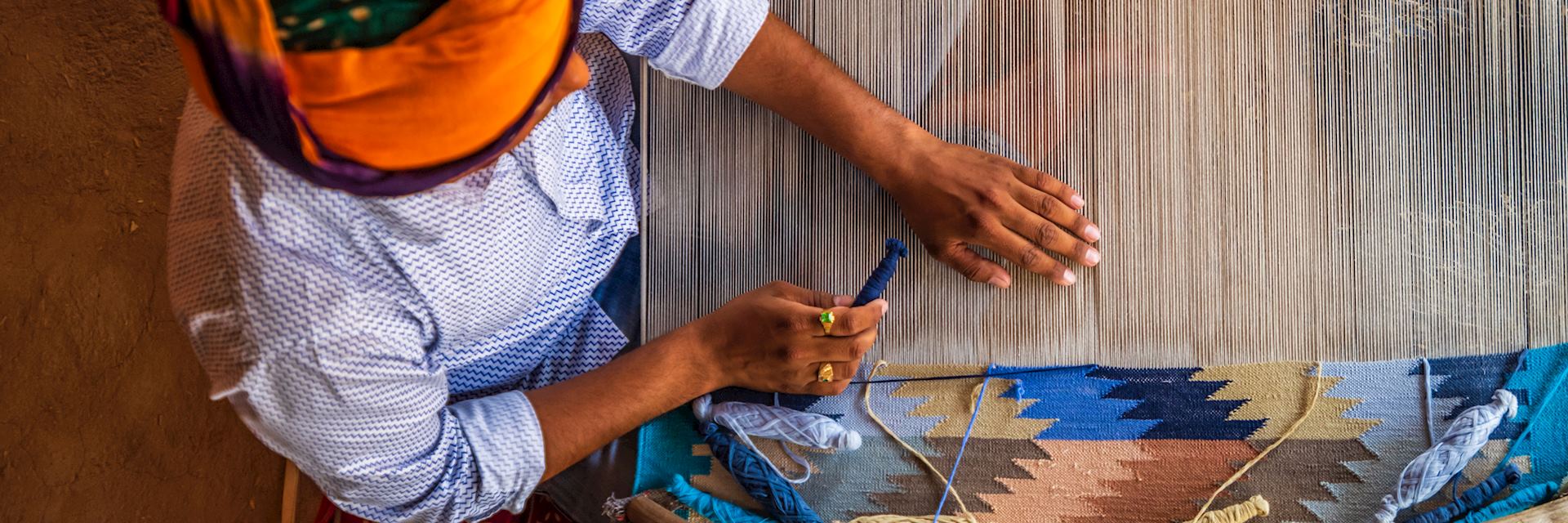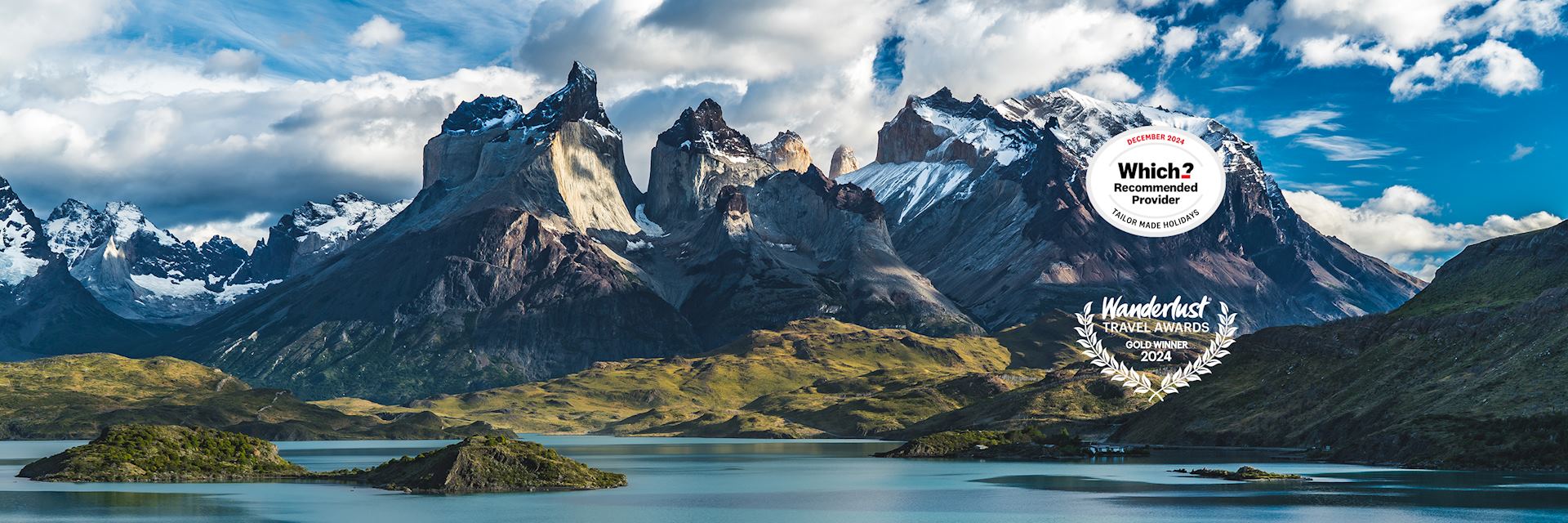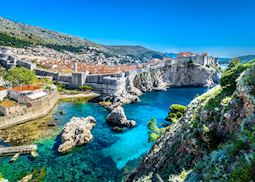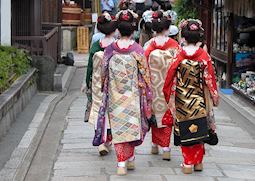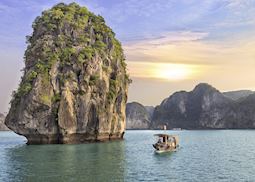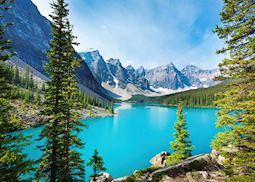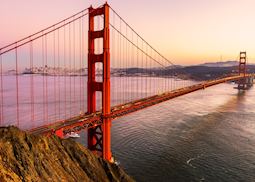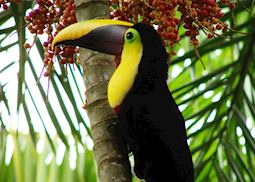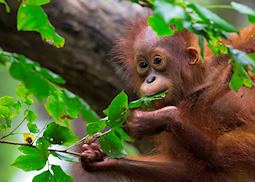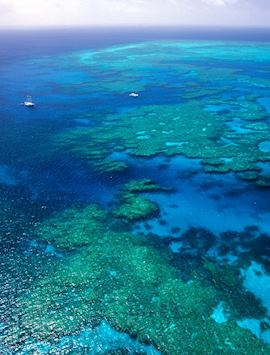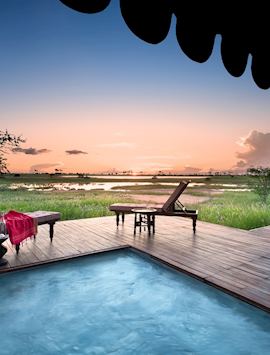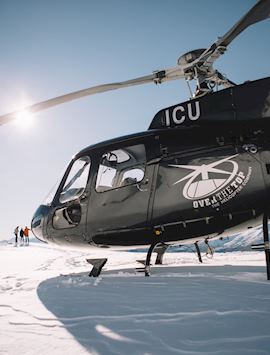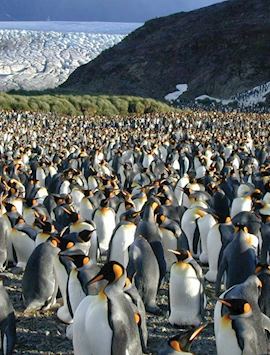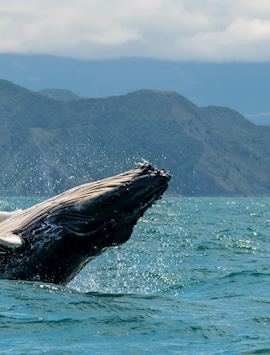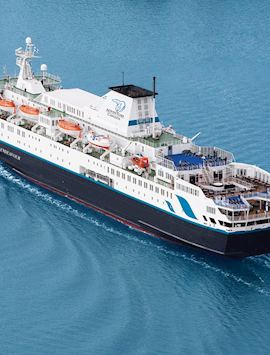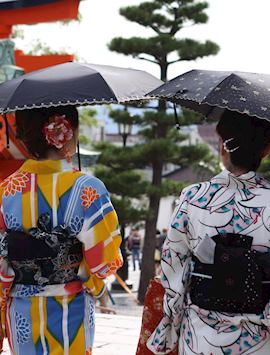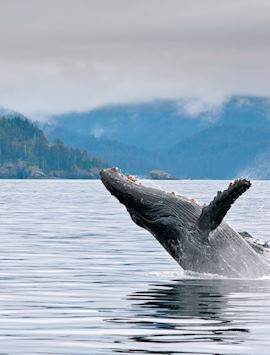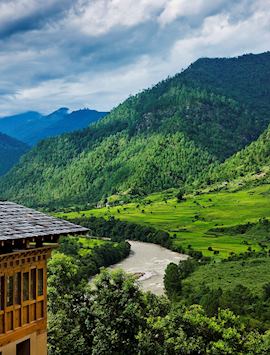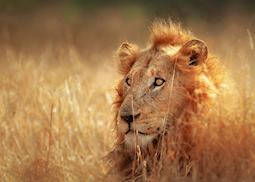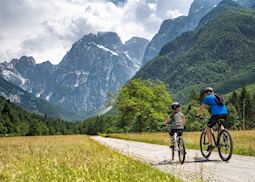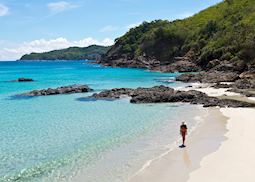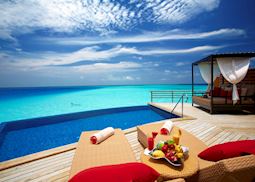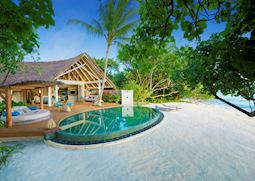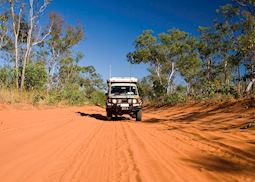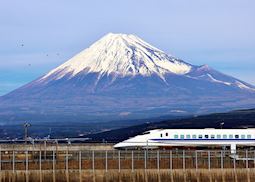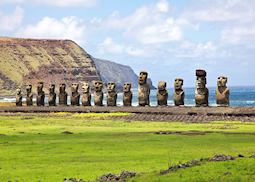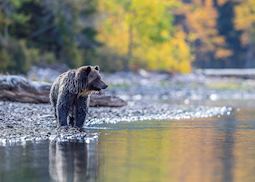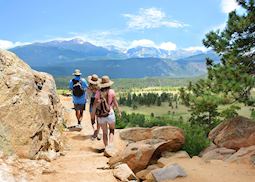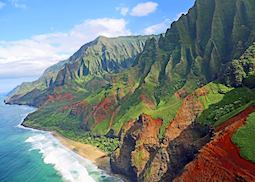
Inspire your travels
Browse our latest inspiration pages to start planning your next adventure. We arrange trips to more than 80 destinations throughout the world and across each continent.
-
![The Na Pali Cliffs, Kauai]() The land of mālama
The land of mālama -
![Hutt Lagoon between Port Gregory and Kalbarri, Western Australia]()
Australia’s wild heart
A different take on the country -
![City walls, Dubrovnik]()
By land and water
New ocean cruise routes
Suggested tours
The tours featured throughout our website are intended to give you ideas for what's possible when you travel with us. Treat them simply as inspiration, because your trip will be created individually by one of our specialists to match your tastes and budget.
Holiday ideas to match your interests
Whether you want to stay in simple or luxurious accommodation, have a particular passion for wildlife, art or experiencing the great outdoors, or you're planning a trip for a special occasion, we can create an itinerary to match your interests and tastes.




